Pumpkin Harvest Tips: Your Guide to a Bountiful Autumn
Pumpkin Harvest Tips are more than just a seasonal checklist; they’re the key to unlocking a truly rewarding fall harvest. I’ve always loved the vibrant orange glow of pumpkins, the feeling of crisp autumn air, and the anticipation of carving spooky faces or baking delicious pies. But nothing beats the satisfaction of harvesting your own pumpkins, knowing you nurtured them from tiny seedlings to plump, perfect specimens. This year, let’s make it even better!
Growing pumpkins has a rich history, stretching back centuries. From ancient civilizations who revered them for their symbolism and sustenance to modern-day gardeners who enjoy the challenge and reward, pumpkins hold a special place in our culture. But even with this long history, many people struggle to get the most out of their pumpkin patch. That’s why I’ve compiled these essential Pumpkin Harvest Tips, designed to help you maximize your yield and enjoy the fruits (or should I say, vegetables!) of your labor.
Why You Need These Pumpkin Harvest Tips
Whether you’re a seasoned gardener or a first-timer, these Pumpkin Harvest Tips will make a difference. Knowing the optimal time to harvest, how to handle the pumpkins gently, and how to store them properly can mean the difference between a few sad, rotting pumpkins and a bountiful harvest that lasts throughout the fall and winter. Imagine the joy of sharing your homegrown pumpkins with friends and family, or the pride of creating delicious recipes using your own perfectly grown produce. This guide will help you achieve that!
So, let’s dive into these invaluable Pumpkin Harvest Tips and transform your pumpkin patch from a hopeful planting into a successful harvest. Get ready to experience the joy of a truly bountiful autumn!
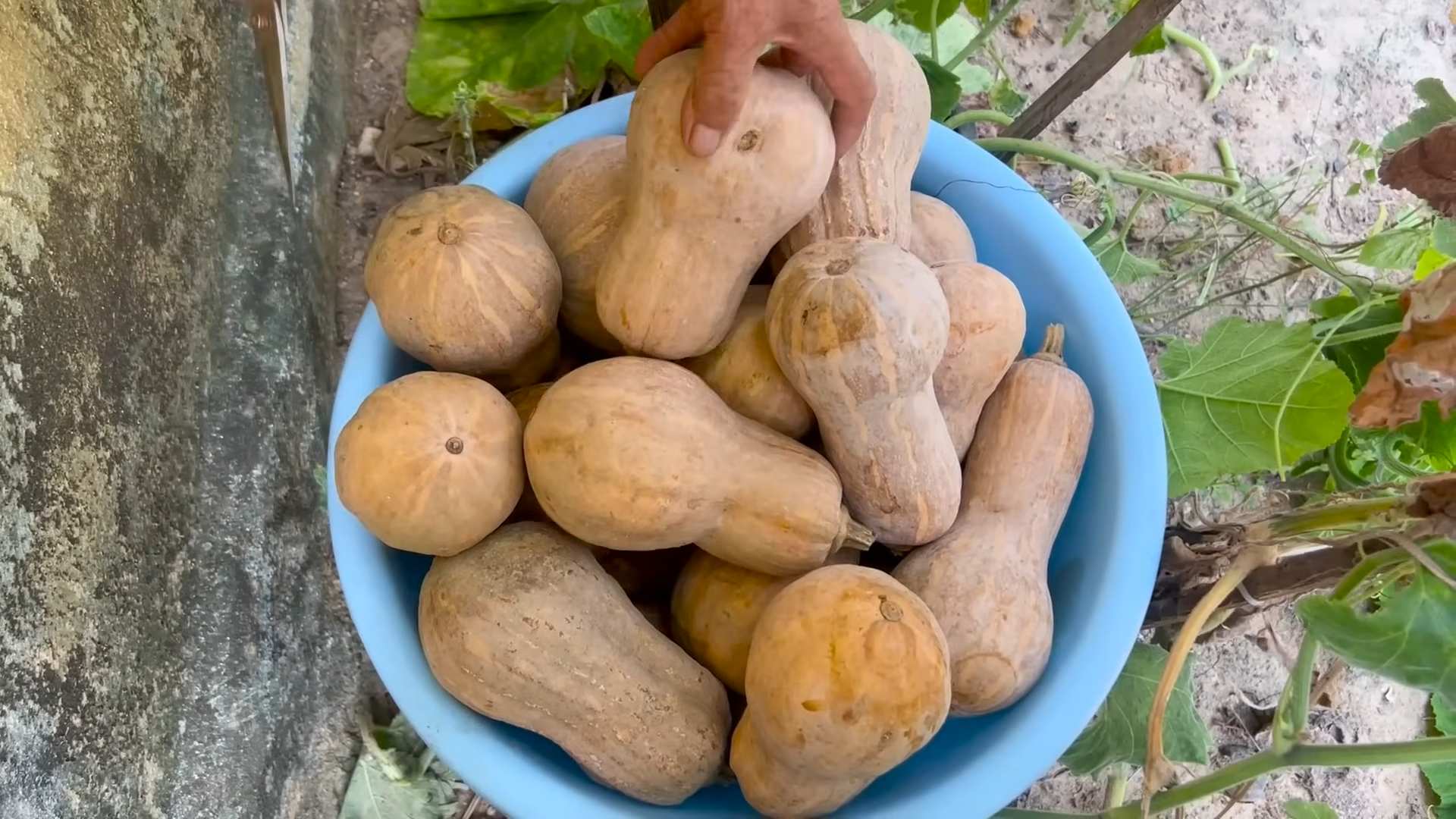
My Watermelon Gardening Hacks: From Seed to Sweet Success!
Growing watermelons can seem daunting, but with a few clever tricks, you can enjoy juicy, delicious fruit right from your own backyard. I’ve learned a lot through trial and error, and I’m excited to share my best watermelon gardening hacks with you!
Choosing the Right Watermelon Variety and Location
- Select a variety suited to your climate. Check seed packets for information on days to maturity and heat tolerance. Early-season varieties are great for shorter growing seasons.
- Pick a sunny spot. Watermelons need at least six to eight hours of direct sunlight daily. A south-facing location is ideal in the Northern Hemisphere.
- Consider soil drainage. Watermelons hate soggy soil. Amend heavy clay soil with compost or other organic matter to improve drainage. A raised bed is a fantastic option for better drainage and warmer soil.
- Prepare the soil well. Watermelons need loose, fertile soil. Till the soil to a depth of 12-18 inches and incorporate plenty of compost or well-rotted manure. A soil test can help determine if you need to add any specific nutrients.
Planting Your Watermelon Seeds
- Start seeds indoors (optional). For an earlier harvest, start seeds indoors 2-3 weeks before the last expected frost. Use small peat pots or biodegradable containers to avoid disturbing the roots when transplanting.
- Direct sow seeds. Alternatively, you can direct sow seeds outdoors after the last frost. Plant seeds 1 inch deep and 2-3 feet apart in hills or mounds. This improves drainage and warms the soil.
- Water gently. Keep the soil consistently moist but not waterlogged, especially after planting. Overwatering can lead to root rot.
- Thin seedlings. If you direct sow, thin seedlings to one or two strong plants per hill once they have a few true leaves. This gives the remaining plants more space to grow.
Supporting Your Growing Watermelon Vines
- Provide support for the vines. As the watermelon plants grow, their vines can become quite long and heavy. Use a trellis, stakes, or even a low-growing fence to support the vines and keep them off the ground. This prevents rot and makes harvesting easier.
- Mulch around the plants. Apply a layer of mulch (straw, hay, or black plastic) around the plants to help retain moisture, suppress weeds, and regulate soil temperature. Be careful not to let the mulch touch the stems of the plants.
- Train the vines. Gently guide the vines along the support structure as they grow. This helps to maximize sunlight exposure and airflow.
Watering and Fertilizing Your Watermelons
- Water deeply and regularly. Watermelons need consistent moisture, especially during fruit development. Water deeply and less frequently rather than shallowly and often. Aim for about 1 inch of water per week, more during hot, dry periods.
- Fertilize appropriately. Watermelons are heavy feeders. Apply a balanced fertilizer (like a 10-10-10) according to package directions. Side-dress the plants with fertilizer after they have several leaves and again when the fruit begins to develop.
- Monitor for pests and diseases. Regularly inspect your plants for signs of pests or diseases. Address any issues promptly to prevent widespread damage. Consider using organic pest control methods whenever possible.
Harvesting Your Delicious Watermelons
- Check for ripeness. Watermelons are ripe when the rind is hard and dull, not shiny. The bottom of the watermelon will have a yellowish spot (the ground spot). When you thump the melon, it should sound hollow.
- Harvest carefully. Use a sharp knife or pruning shears to cut the watermelon from the vine. Leave a few inches of stem attached to the fruit.
- Handle with care. Watermelons are delicate. Handle them gently to avoid bruising.
Troubleshooting Common Watermelon Problems
Dealing with Pests
Squash bugs and aphids are common watermelon pests. Handpick them off the plants or use insecticidal soap. Cucumber beetles can also be a problem. Row covers can help protect young plants.
Addressing Diseases
Fusarium wilt and anthracnose are common fungal diseases. Choose disease-resistant varieties and practice crop rotation to help prevent these problems. Ensure good air circulation around the plants to reduce humidity.
Solving Watering Issues
Overwatering can lead to root rot. Ensure good drainage and water less frequently but more deeply. Underwatering will result in smaller, less juicy watermelons. Maintain consistent moisture throughout the growing season.
Harvesting Challenges
Immature watermelons will be small and lack sweetness. Allow the watermelons to fully mature on the vine before harvesting. Splitting watermelons can be caused by inconsistent watering. Maintain even moisture levels throughout the growing season.
Extra Tips for Watermelon Success
- Consider using black plastic mulch. This helps warm the soil and retain moisture.
- Pollination is crucial. If you have poor pollination, you may need to hand-pollinate the flowers. This involves transferring pollen from the male flower to the female flower using a small brush.
- Don’t be afraid to experiment. Try different varieties and techniques to find what works best in your garden.
- Enjoy the process! Growing watermelons is rewarding, even if you encounter a few challenges along the way.
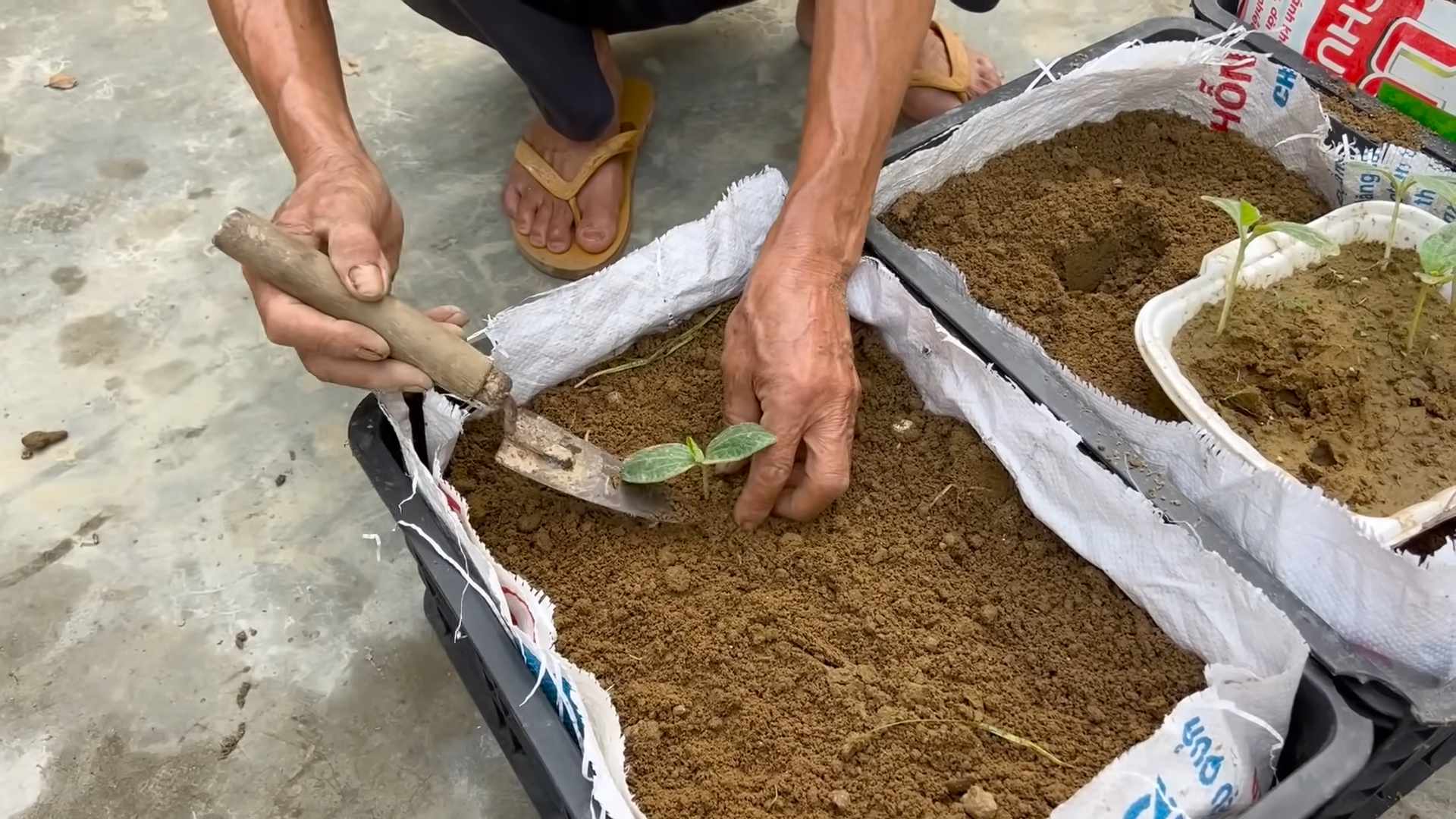
Conclusion
So there you have it! Our guide to maximizing your pumpkin harvest. This isn’t just about growing pumpkins; it’s about unlocking the full potential of your garden and enjoying the fruits – or rather, the gourds – of your labor. By following these simple yet effective pumpkin harvest tips, you’ll be amazed at the size, quantity, and overall quality of your pumpkins. This DIY approach to pumpkin cultivation isn’t just about saving money; it’s about connecting with nature, understanding the growth cycle, and experiencing the immense satisfaction of harvesting your own homegrown pumpkins. From the vibrant orange hues to the satisfying thump when you select a ripe one, the entire process is incredibly rewarding. This isn’t just a harvest; it’s an experience.
Beyond the techniques outlined, remember that experimentation is key. Gardening is a journey of learning and adaptation. Don’t be afraid to try different approaches, observe your plants closely, and adjust your methods as needed. For example, consider experimenting with companion planting. Marigolds, for instance, are known to deter certain pests that can affect pumpkins. You can also explore different varieties of pumpkins to find the perfect fit for your climate and preferences. From the classic jack-o’-lantern pumpkins to smaller, sweeter varieties ideal for pies, the options are vast and exciting. Consider rotating your pumpkin crops annually to prevent soil depletion and disease buildup. This simple practice can significantly improve your harvest year after year. Furthermore, proper soil preparation, including adding compost or other organic matter, will provide your pumpkins with the nutrients they need to thrive.
Ultimately, the success of your pumpkin harvest depends on your dedication and attention to detail. But with the right techniques and a little patience, you’ll be rewarded with an abundance of delicious, homegrown pumpkins. So, gather your tools, prepare your soil, and get ready to embark on this fulfilling gardening adventure. We strongly encourage you to try these pumpkin harvest tips and share your experiences with us! Post pictures of your bountiful harvest on social media using #PumpkinHarvestTips and tag us – we’d love to see your success! Let’s create a community of pumpkin enthusiasts, sharing knowledge and celebrating the joy of homegrown goodness. Don’t hesitate to reach out if you have any questions or encounter any challenges along the way. Happy harvesting!
Frequently Asked Questions
What are the signs of a ripe pumpkin?
A ripe pumpkin will have a deep orange color (depending on the variety), a hard rind that doesn’t yield to pressure, and a dry stem. The stem should be easily detached from the vine. If you tap the pumpkin, it should sound hollow. These are all crucial indicators of ripeness, ensuring you harvest pumpkins at their peak flavor and longevity.
How long can I store harvested pumpkins?
Properly cured pumpkins can last for several months. Ensure they are completely dry before storing them in a cool, dry, and well-ventilated area. Avoid storing them in direct sunlight or damp conditions, as this can lead to rot. A cool basement or garage is ideal. Proper curing is essential for extending the shelf life of your pumpkins.
What should I do if my pumpkins are showing signs of disease?
Early detection is crucial. If you notice any signs of disease, such as wilting, discoloration, or unusual spots, take immediate action. Remove affected plants to prevent the spread of disease. Practice crop rotation and ensure proper spacing between plants to improve air circulation and reduce the risk of fungal infections. Consider consulting a local agricultural extension office for advice on specific diseases and treatment options.
Can I grow pumpkins in containers?
Yes, you can! Choose a large container (at least 15 gallons) with ample drainage holes. Use high-quality potting mix and ensure the container receives at least six hours of sunlight daily. Smaller varieties of pumpkins are better suited for container gardening. Regular watering and fertilization are essential for healthy growth.
What are some common pumpkin pests and how can I control them?
Squash bugs, vine borers, and aphids are common pumpkin pests. Regularly inspect your plants for signs of infestation. Handpicking pests, using insecticidal soap, or introducing beneficial insects like ladybugs can help control infestations. Companion planting with marigolds can also deter some pests. Always follow the instructions on any pesticide you use carefully.
My pumpkins are small. What went wrong?
Several factors can contribute to small pumpkins. Insufficient sunlight, poor soil quality, inadequate watering, overcrowding, or pest infestations can all limit pumpkin growth. Ensure your pumpkins receive at least six to eight hours of sunlight daily, use rich soil amended with compost, water regularly, and space plants appropriately. Addressing any pest or disease issues promptly is also crucial.
How do I know when to start harvesting my pumpkins?
The optimal time to harvest pumpkins is when they have reached their mature size and color, and the rind is hard. The stem should be dry and easily detached. Avoid harvesting pumpkins too early, as this will compromise their flavor and storage life. Harvesting at the right time ensures you get the best quality pumpkins.
What are the best varieties of pumpkins for beginners?
For beginners, we recommend choosing varieties known for their ease of cultivation and disease resistance. ‘Connecticut Field’ and ‘Howden Biggie’ are popular choices for their reliable yields and large size. ‘Jack Be Little’ is a great option for smaller gardens or container growing. Research different varieties to find the best fit for your climate and preferences.

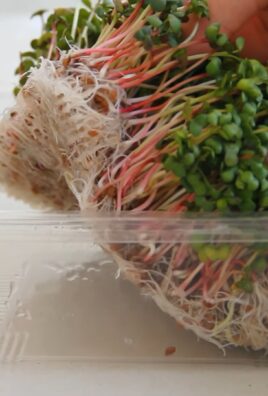
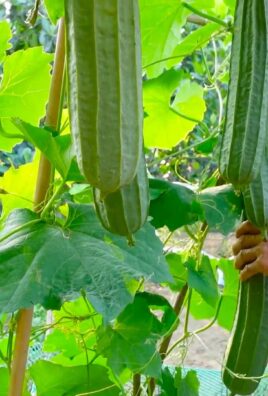
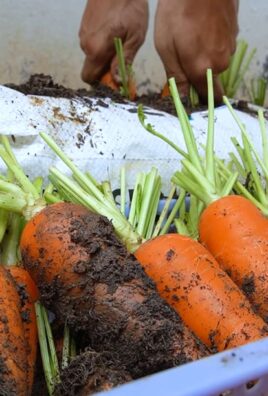
Leave a Comment